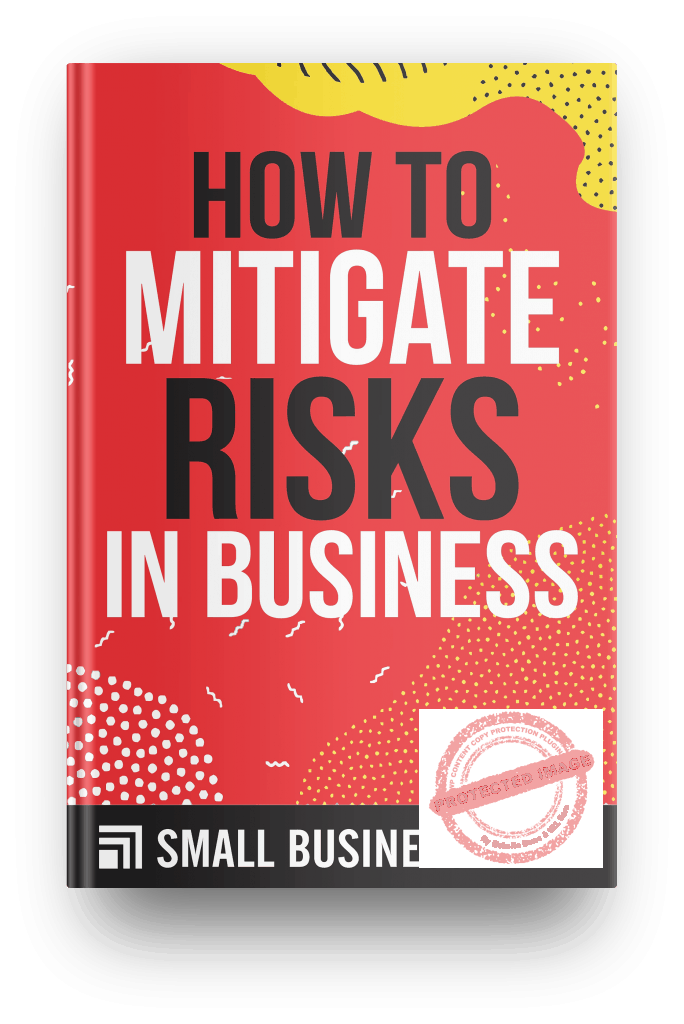Learning how to mitigate risk in business, is serious business. Granted, there’s a sense of excitement and adventure that comes with starting a business. Of course, one tends to look forward to the best of things but it’s essential that you don’t forget about potential downsides and risks.
It’s not that you’re thinking ill of the business early on.
It’s more of having a realistic and reasonable take on things and preparing yourself so that you can reduce headaches later on.
If you’re starting a business, it means that you’re in some way willing to take risks.
But being willing to take on just any business risk isn’t the same as taking calculated risks.
In this case, you want to go with the latter at all times.
Doing so will save you time, effort, and of course, money.

Risks in business are common but you should know that there are different types of business risks that you can encounter.
These will depend on the scale of your business, the style of it, the industry, and the people you’ll be working with.
The objective is not to completely eliminate these risks, as they’re often inevitable in business.
What you have to do is learn how to mitigate the risks in your business.
There is no set business risk formula here.
Most of the time, it’ll require some trial and error.
For starters, here are some sources of common business risks.
Understand them and you’ll be able to reduce their onset and effects on your business.
Structural Business Risk

This is the kind of risk stemming from the foundation of the business.
It involves partnerships, ownership, investors, members of staff, suppliers, and the like.
Apart from these, your chosen operational strategy will fall under this risk source.
It is one of the types of business risk that you really can’t be completely sure or aware of at first.
This is because there are arrangements and people that seem great at first but prove not to be as valuable as you thought later on in your operations.
Execution Risk In Business

Given that you have a plan, a blueprint for your business, you’ll then be exposed to what is known as execution risk.
There are many factors that affect business risk but this is quite common and can be attributed not to external forces but the people running the show.
You may have the best business model and strategy but failing to execute it properly can have severe consequences on the entire operation.
In this case, you have to ask yourself how robust your chosen model is.
Also, you should know what potential threats there could be down the line, especially prior to execution and at execution.
That way you will know what risks you need to mitigate in the business.
Examples of these risks are poor management or product development.
Competition Risk

In business, you’ll always have the competition to deal with.
Even if you create a one-of-a-kind product or service, somewhere down the line someone will be there with the exact same offering, and probably at a much cheaper price.
One of the things about mitigating risk in business is that you have to face it head-on.
One of the sources of these risks come from business competitors.
As a result, you have to have the ability to remain competitive.
Here are some of the questions that you have to address in evaluating competition risk.
These include the sustainability of your business model, your ability to combat the innovations of your competition, and your openness when it comes to your desire to innovate.
Investing Risk

Another risk source comes from the investments that you make.
In a business, it’s important that you manage your spending well so that your capital is used in the best possible way.
Basically, capital can be scarce so there really is no room for waste or excess.
Assess your daily operational decisions.
Are you spending on the right things?
Do you have a proper working budget?
Are you investing in the right resources at adequate amounts?
Are you taking trends in the emerging market under consideration?
Answering queries like these can easily help you mitigate or minimize risks in your business.
Integration Risk

Then, there’s the kind of risk that results from integration.
Integration in business refers to how your plan, strategy, investments, people, and processes intertwine.
Since these are factors that affect business risk and given that any of the factors can’t be removed from the equation, you have to learn how to deal with them.
In this case, evaluate your business model and see how well it’s integrated into your chosen commercial ecosystem, partners, clients, and so on.
It’s all right to be willing to take risks but be mindful of everything so that you’ll be taking calculated risks.
Misalignment Risk

To be a pro when it comes to mitigating or managing risks in business, see to it that you also understand that it can stem from misalignment issues.
Basically, what happens here is that there’s a mismatch when it comes to the organization itself and the priorities that you have to pay attention to.
As a business owner, you have goals and milestones that you want to achieve and you work toward achieving them.
But sometimes, these aren’t tied in with how you’re running the business.
Here, you should take a look at your organizational culture, business strategies, and overall management expectations.
They have to be clearly defined so that you’ll see whether or not they fit in with your overall objectives and operations.
Governance Risk
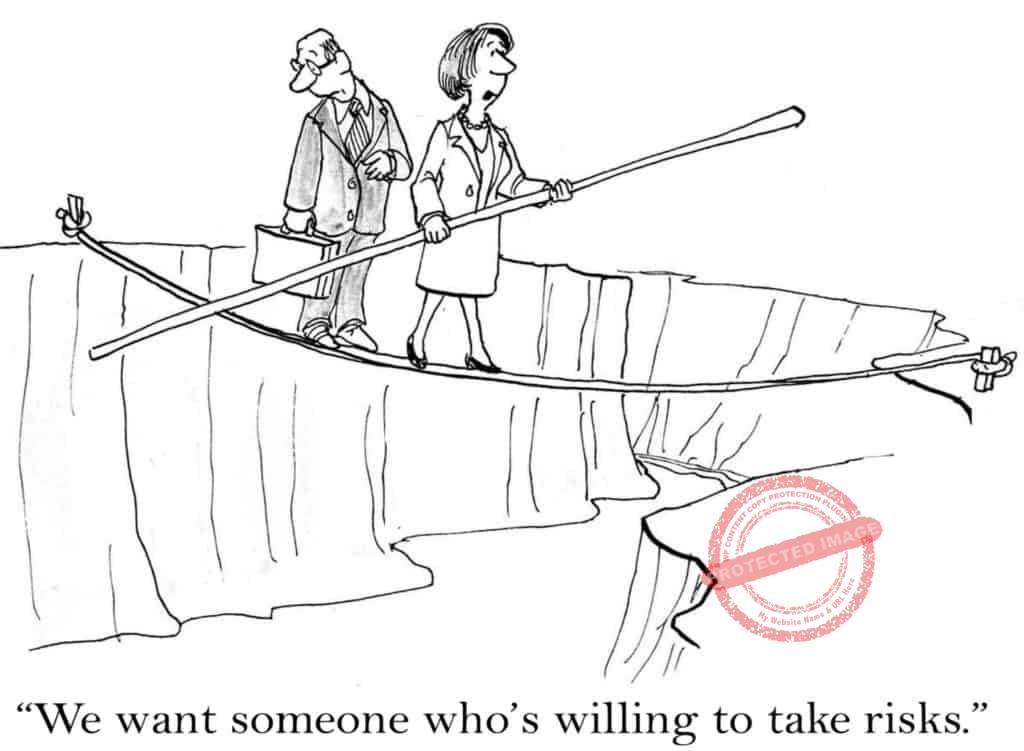
You can also successfully mitigate risk in your business if you understand governance risk.
This can be attributed to the strength and abilities of your business’ leadership team.
It is important that they are as participative as possible in all business processes.
It’s also vital that they don’t only involve themselves in operations but contribute something to the table as well.
Check if your board of investors know what’s going on at all times.
See how well your managers are functioning given your current operating system.
Also, determine your own involvement as the business owner.
Do you need to devote more time and attention to a certain area?
Are you transparent enough with the right members of your team?
How To Mitigate Risks

Although there’s no set business risk formula that you can rely on for everything, there are ways to reduce the effects of entrepreneurial risks.
For starters, there’s a management strategy that you can use to determine what these risks are and find the best solutions to minimize them.
First, you need to identify the source of these risks.
If you know the root of the problem then you’ll be better able to address it.
You also have to identify why they’re happening and how often they can manifest throughout the life of your business.
Finally, it’s important that you plan contingencies and take preventive — not to mention corrective — action as a way of reducing business risk over time.

The best way to manage these things is to evaluate the factors that contribute to the risk.
It’s a great place to start because you can determine how much of an effort needs to be exerted.
You can identify the best course of action to take given that you know the risk source.
This is a good approach toward mitigating the risks in your business.
It’s not just about identifying the risks, though, you also have to rank them.
As you prioritize them in terms of gravity, you can then carefully weigh the seriousness and potential consequences of each.
In terms of ranking, use simple categories: low, medium, or high. Once you’ve ranked them, compare them with your business plan.
This will let you see which ones may have the most effect on your business objectives.
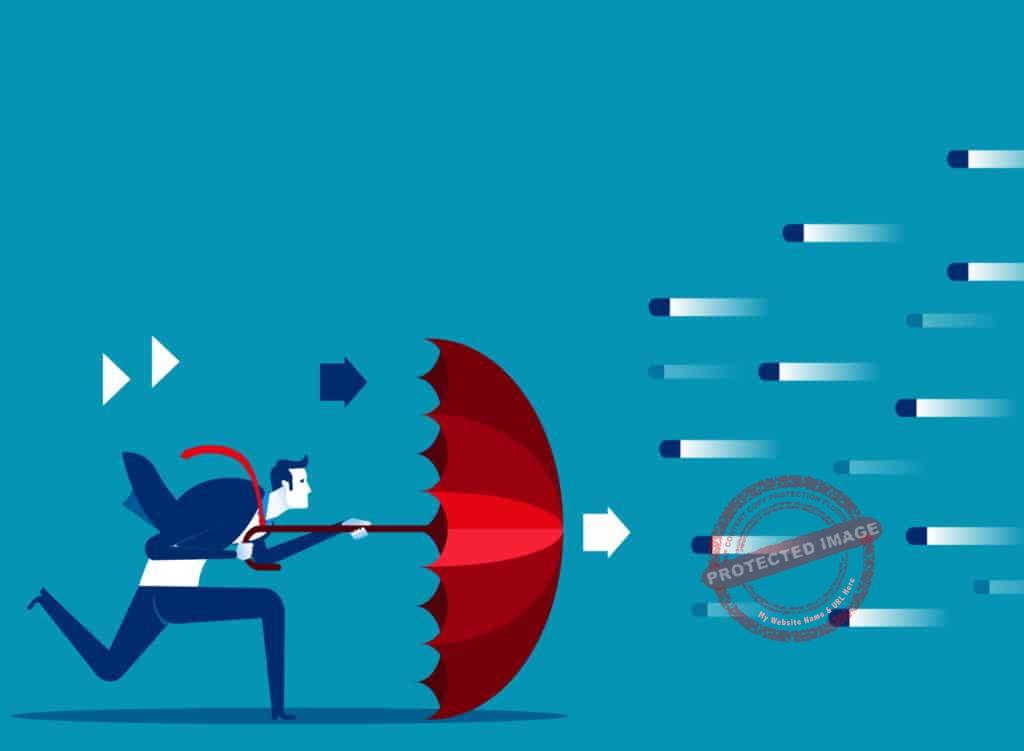
Being adept when it comes to effective risk mitigation measures is important because knowing how to mitigate risks is part of doing business.
This isn’t a one-off thing.
You really have to be alert and able to continuously monitor the things that are happening and are bound to happen to your business.
It will not be simple at first but over time, as you improve your approach to reducing risk, things will be much easier and solutions will be simpler to execute.
You always need to focus a certain amount of attention to your risk mitigation measures.
It is how you’ll be able to thoroughly enhance the performance and improve the returns of your company.
Reducing Business Risk For Risk Takers

The importance of taking risks can’t be stressed enough.
But you have to prepare yourself so that you can take proper action when the time comes for those risks to be mitigated.
Below are some simple steps that might help you mitigate or reduce risks in your business.
Remember that risks can affect business in a lot of ways.
It can impede cash flows, disturb regular operational processes, and even go to the extremes of ruining the reputation of a business.
So, try your best to reduce them, if not their overall effects.
Identify The Potential Risks And Their Sources.
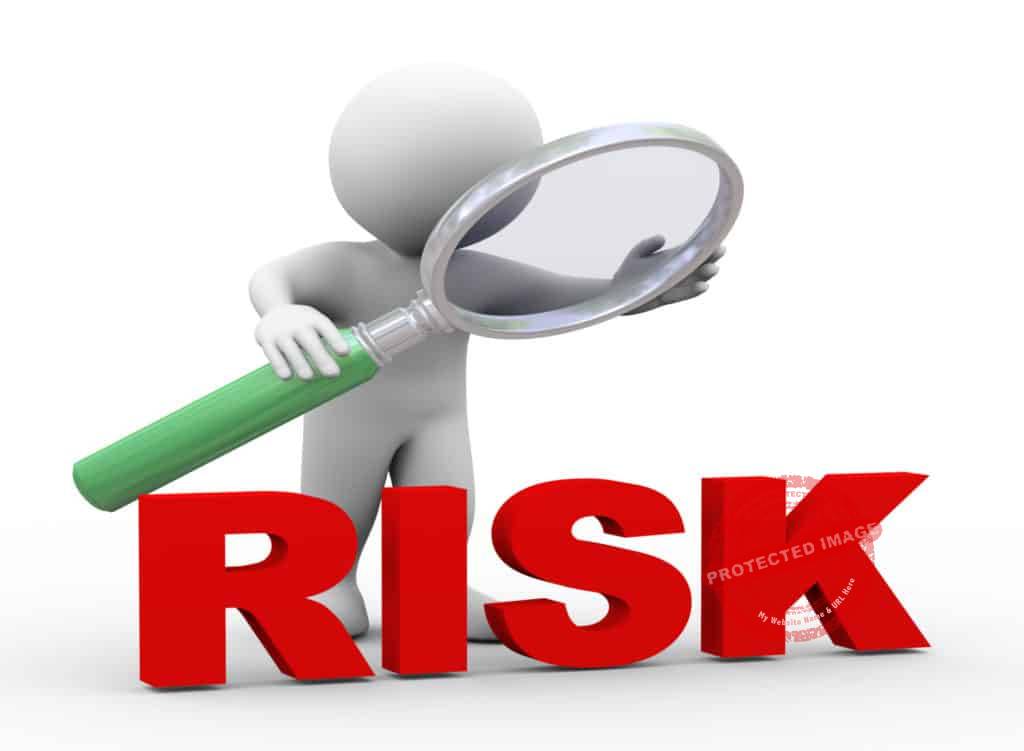
In every type of business, the importance of taking risks is strong.
A lot of people say, the more willing you are to take these on, the higher your potential returns can be.
There are plenty of risks that businesses can be exposed to.
So do your research and look at your industry. Identify what potential risks you can be in for and in what stages of your operations they can occur.
But don’t just study the industry; check your competitors as well.
Look for trends and other pertinent data.
You have access to the Internet so use it to your advantage.
Some good old common sense will help out a lot also.
Of course, don’t just look at potential risks that can affect your company.
Do some groundwork on the effects of these as well.
If you’ll be preparing for anything, make sure you prepare for the worst, and everything at that.
Analyze The Kinds Of Consequences These Risks Can Lead To.

Just like how you determined potential risks, you also have to do your research when it comes to the consequences of these risks.
Certain risks come with their own series of consequences.
But there are times when a business won’t necessarily experience all related consequences in one go.
This is why you should do some groundwork on the likelihood that any particular consequence may happen.
By having an understanding of the nature of the risk — what it can lead to and when it can possibly happen — you can protect yourself from the onset of problems that may veer you away from achieving your goals and objectives.
Rank These Risks In Terms Of Gravity And Evaluate Their Potential Effects To Your Company.

Not all risks are equal.
Their effects differ in degree as well.
Given that multiple risk factors can affect you at the same time, it’s best that you learn how to rank them.
This is so you can prioritize your attention and address the most serious ones first.
If you can, there’s an option to delegate the less problematic concerns too.
Evaluate potential risks and their impact.
As the business owner, it’s ideal if you work with experts and handle those of high importance and leave more menial issues to trusted and competent members of your team.
You have to have the ability to make a decision when it comes to mitigating these risks in your business.
This depends on what they can cause when left unaddressed.
You have to determine which warrants treatment and which can be left to move toward passivity.
Map Out A Plan To Combat These Risks And Have Contingencies.
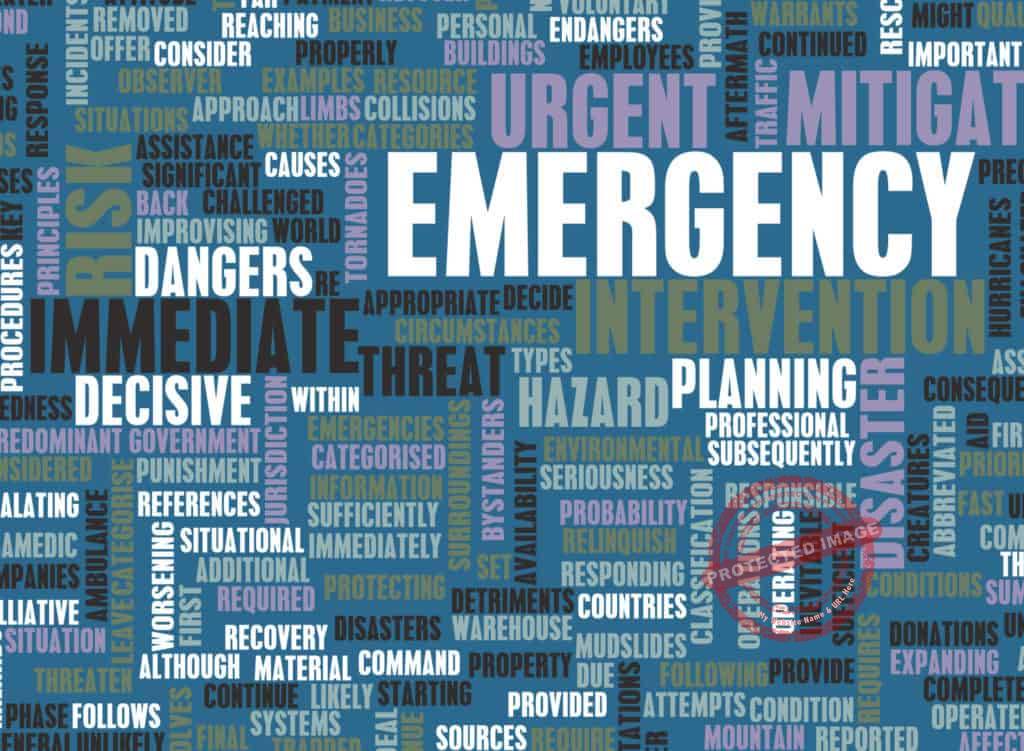
You also have to think about action plans per potential risk.
You need a main blueprint and contingency plans for each.
The more prepared you are, the easier it will be for you and your team to make a quick decision when needed.
When treating any type of risk, assess them based on viable effects.
This is where the ranking becomes helpful.
With this, you can also create a plan of action that leads you to minimize their effects to the point where any consequences will be acceptable.
There are four risk treatments that you can consider here.
First is avoidance.
In this case, you can attempt to completely avoid a risk or withdraw from it and leave it as is.
Second is a reduction.
Here, the objective is minimizing any detrimental consequences to the point where you’re comfortable with whatever problem it leaves behind and the time frame needed to address them fully.

The third is sharing.
With this, you can divide the risk effects between your company and third-party service providers. You can compare this with hiring a pro or expert to help you in times of crises.
Finally, there’s retention.
In this case, you fully accept the risk, its consequences, and any penalties.
Monitor The Potential Risks Your Business Can Be Exposed To And Review Your Action Plans.

All risks, including those that have happened and are bound to happen, should be monitored.
Apart from this, strategies should be reviewed.
If you believe it’s best to make alterations based on available technology and previous experiences, then, by all means, do so.
The more you’re able to effectively mitigate or deal with risks in your business, the better.
In addition, be as transparent as possible with everyone involved, from partners and shareholders to your members and staff.
You never know who can help out.
Also, given that you’re working with a team, take advantage of their insights.
Finally,

In any type of industry, there are common business risks that stem from different parts of the company and not every one of them is internal.
Everything from fraud to safety concerns should be on your list of potential risks.
Most of these should be determined early on in the process — that is, during the time when you’re planning your business.
The thing about these risks is that they change from time to time, more often without warning.
They can happen to your business at any stage and this is why you should be prepared to take them on in whatever shape or form.
This is where regular monitoring and reviews come in.
This process will help you prioritize risks and decide on a proper course of action.
It’s essential for all risk takers to have at least some basic skills when dealing with business contingency efforts.
It’s important that there be enough knowledge in calculating, evaluating, and updating management protocols.
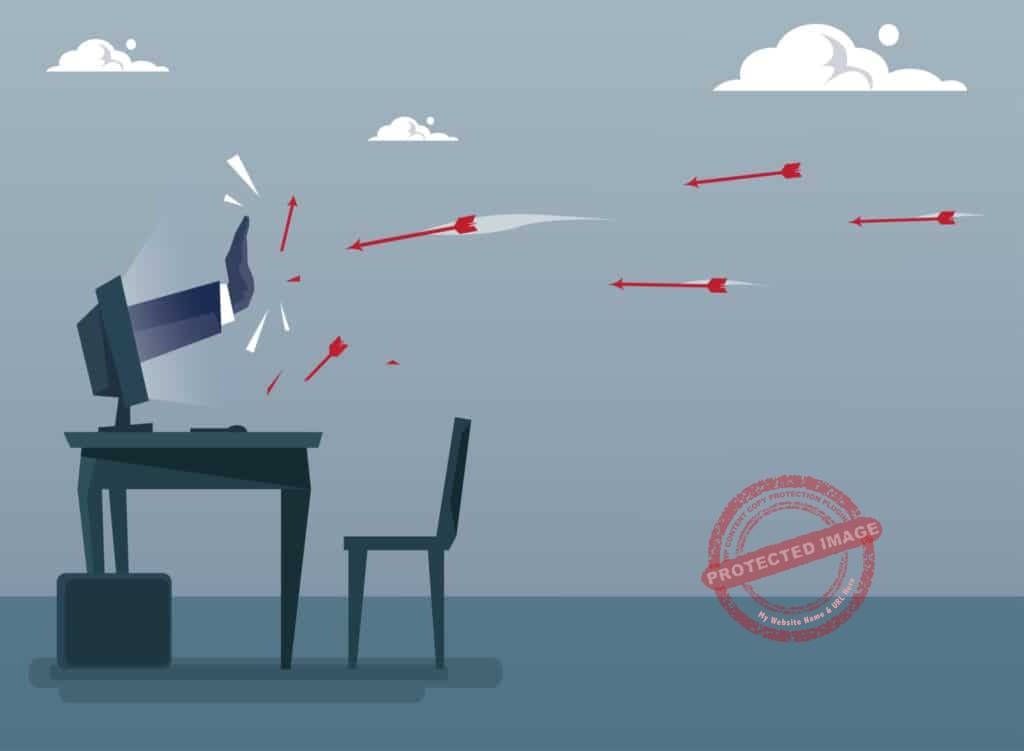
It’s also essential that there be enough initiatives when it comes to the identification of new potential risks and the testing of existing strategies.
Although businesses are usually protected by insurance policies, there are times when these aren’t enough to combat operational risks.
Apart from that, the occurrence of problems because of said risks can cause premiums to eventually skyrocket.
So, whether or not your business is covered by a policy, you can always expect the consequences of these risks to hurt you to some degree.
This is why you should be able to mitigate the risks in your business.
Indeed, taking the necessary precautions is essential.
It will cost you some time and effort at the beginning but it can save you from a whole lot of problems later on.
Click on Buy Now For a PDF Version of This Blog Post
 |
